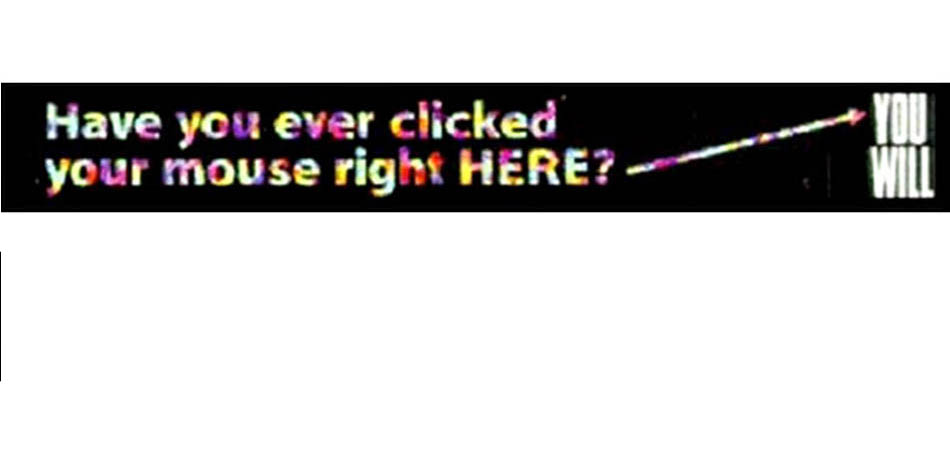
Native advertising is a hot topic right now, and aside from certain shortcomings, (such as scale and the lack of third party measurement tools) they’ve proven to work harder than traditional online ads.
The Lab, in partnership with Sharethrough, ran the industry’s first native ad effectiveness study using both eye-tracking and survey-based techniques, which showed that native ads smashed banner ads in every respect – from the ability to attract attention, to purchase intent, to the likelihood to recommend a brand.
Interesting therefore that this article in the NY Times suggests that in the future, native ads – which blur the lines between content and advertising – may end up breaching the reader’s trust in the publication… and by extension, reader and brand.
Far more fascinating though is the idea that the banner ads – often held up as the antithesis of what good advertising should be — were once highly effective, with an average click-through rate of 44 percent. Today the average rate is just 0.1% (if you’re lucky).
It’s amazing to think that in the very early stages of the web, banner ads actually served as little portals into a whole new world of web content that users at the time didn’t even know existed. In the beginning, banner ads blended in and added value to the web content experience—and as such, can be seen as the first native ads on the web.
It was only with the advent of sophisticated search engines that these ads stopped being relevant to the web discovery experience, and users started to consider them annoying and intrusive.
The NY Times article cites Forbes as being at the vanguard of the (new) native advertising, with its long form BrandVoice ad product (read Lewis Dvorkin’s eloquent writing on the subject here)—and we couldn’t agree more.
But history shows that in the future it’s likely that native advertising, (which blends in and adds value) will change in favor of something more appropriate for the times.
We have every reason to believe in the native advertising du jour, but as the shape and user expectation of content evolves, we’ll be keeping our eyes peeled for the next breakthrough ad format.

